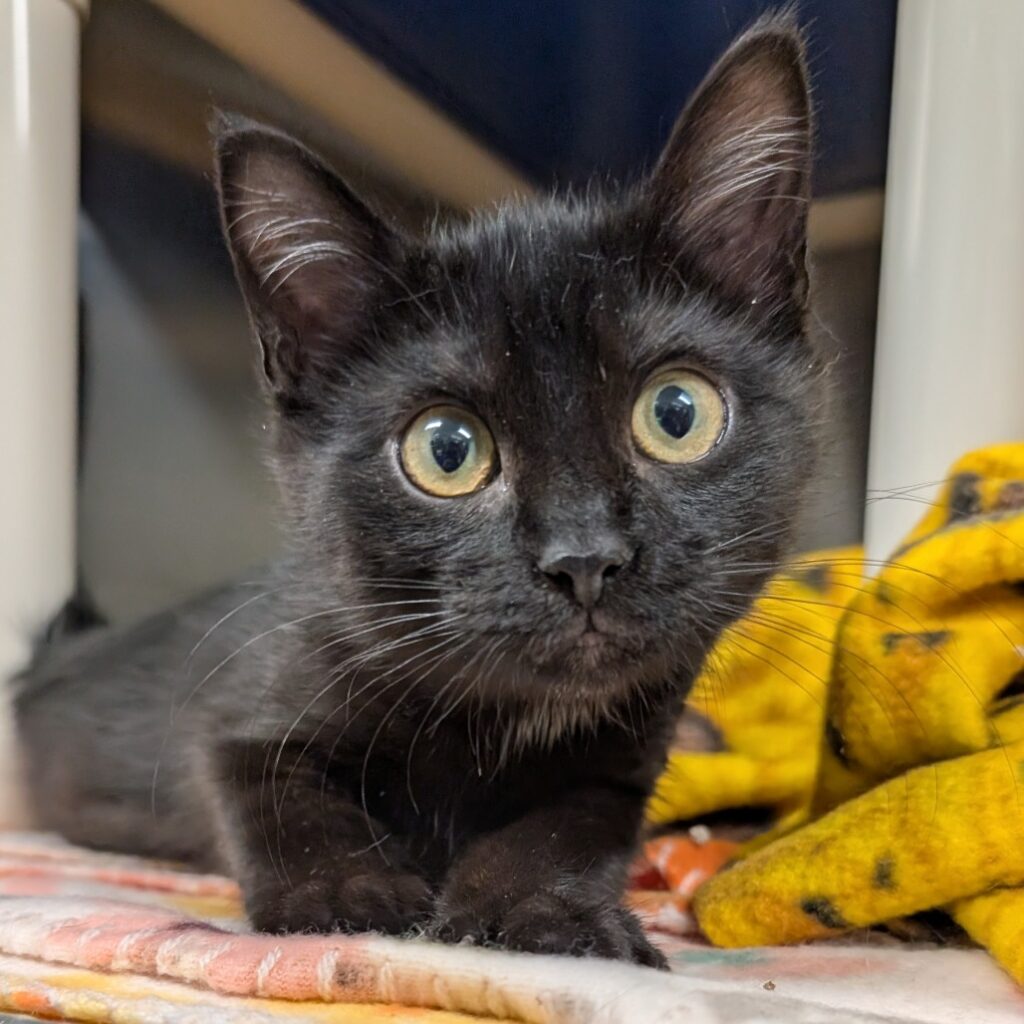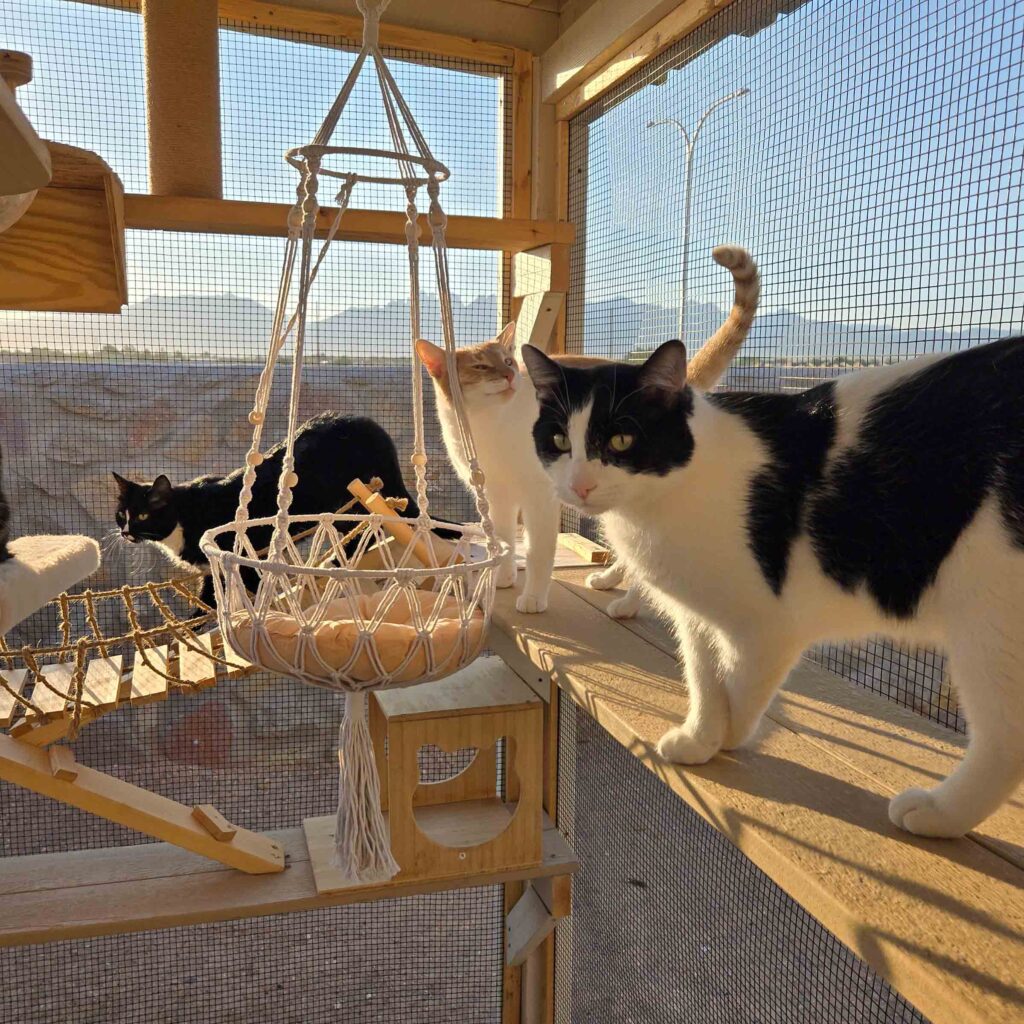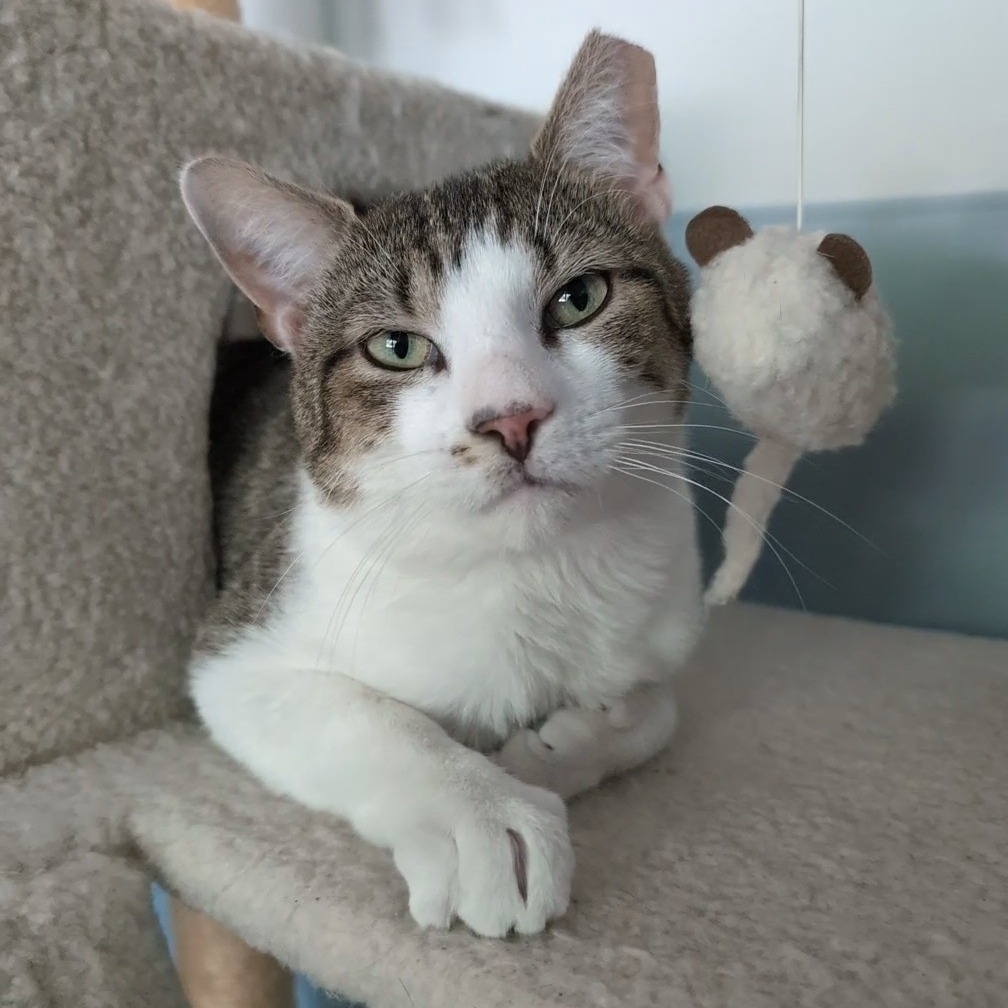Helping Newly Adopted Cats Feel at Home: Tips & Tricks for a Smooth Transition

Bringing a new cat home is one of life’s sweetest joys, that mix of excitement, curiosity, and love as you watch your newest family member explore their surroundings for the first time. But for your cat, this same moment can feel overwhelming. The scents, sounds, and people are all unfamiliar, and it may take time before they realize they’re finally safe and home for good.
Whether you’ve adopted a playful kitten or a shy rescue, it’s completely normal for your new companion to hide, hesitate, or take a little while to warm up. Every cat has their own story and their own pace when it comes to trusting and adjusting. The good news? With patience, understanding, and a few gentle strategies, you can help them settle in smoothly and start building a bond that lasts a lifetime.
Give Them Time and Space to Decompress
One of the kindest things you can do for your newly adopted cat is to give them time and space to adjust. Imagine stepping into a completely new world where everything — the smells, sounds, and faces — is unfamiliar. That’s what your cat experiences during their first days in a new home.
Set up a quiet starter room where they can safely observe their surroundings at their own pace. A small space, like a spare bedroom or even a cozy bathroom, works perfectly. Equip it with the basics: a litter box, food and water dishes, soft bedding, and a few hiding spots such as cardboard boxes or a blanket-covered chair. This safe zone helps prevent overstimulation and allows your cat to slowly build confidence.
Patience is key. Let your cat come to you instead of initiating constant contact. Sitting quietly nearby — reading, talking softly, or simply being present — shows them you’re not a threat. Over time, they’ll start to associate your presence with calm and safety.
You’ll know they’re beginning to settle in when you see small but meaningful changes: gentle blinking, exploring their room, grooming themselves, or even giving a tentative head bump. These quiet moments of trust are the foundation of a lasting bond, and they’re worth every ounce of patience.
Establish a Consistent Routine

Cats are creatures of habit. When everything around them feels new and uncertain, a predictable routine becomes their source of comfort. By keeping things steady — from mealtimes to your tone of voice — you can help your new feline friend feel secure and begin to trust their surroundings.
Start with the basics of daily life:
- Feed at consistent times each day so your cat knows when to expect meals.
- Keep essentials in familiar spots — avoid moving food dishes, water bowls, or litter boxes too often.
- Use the same tone and words when calling their name or offering treats. Familiar sounds help them connect your voice with safety and care.
- Schedule short, regular play sessions, ideally around the same time daily. A short play session before dinner mimics a cat’s natural hunt-eat-groom-sleep rhythm.
Beyond daily tasks, maintain a calm, stable environment. Avoid sudden loud noises, rearranging furniture too early, or introducing too many people at once. Cats are sensitive to energy and thrive when their world feels predictable.
Over time, these small consistencies become the heartbeat of your cat’s new life. Each repeated routine tells them, “You’re safe here.” And when a cat feels secure, that’s when their curiosity — and their personality — truly begins to bloom.
Create a Sense of Territory and Comfort
Cats are deeply territorial animals; their sense of security is rooted in scent and familiarity. When they enter a new environment, they instinctively search for places that smell like them, sound quiet, and feel safe. Helping your new cat establish their territory is one of the best ways to ease their transition.
Start by surrounding them with familiar scents. If possible, bring home the blanket, bedding, or toy that came with them from the shelter or foster home. These comforting smells help them recognize something “theirs” in an otherwise unfamiliar space. You can also use pheromone diffusers or sprays designed to mimic the calming scents cats release naturally when they feel at ease.
As your cat begins to explore, give them plenty of vertical spaces to claim as their own. Cats feel more confident when they can observe their surroundings from above, it allows them to feel in control and reduces anxiety. Some simple options include:
- Cat trees or towers positioned near a sunny window
- Floating wall shelves or ledges
- Window perches where they can safely watch birds or passing neighbors
Once your cat feels comfortable indoors, consider enriching their environment even further with safe outdoor access like a custom-built catio. It lets them enjoy fresh air, sunshine, and the sights of nature while remaining fully protected from outdoor risks. This kind of space expands their territory in a way that keeps both their curiosity and safety in perfect balance.
Creating a home that honors your cat’s natural instincts — to climb, observe, and claim space — helps them feel secure and deeply connected to their new environment. When your cat feels ownership over their space, you’ll see it in every relaxed stretch and confident stride.

Encourage Positive Association Through Play and Treats
Playtime isn’t just fun, it’s essential. For cats, play mimics the natural hunting behaviors that keep them mentally and physically healthy. It’s also one of the best ways to build trust with a newly adopted cat, helping them associate you with safety, joy, and reward.
Interactive play encourages your cat to express their instincts while strengthening your bond. Try experimenting with:
- Wand toys: These mimic birds or small prey and let your cat “hunt” while keeping your hands safely out of reach.
- Puzzle feeders and treat balls: Great for stimulating their minds and giving them a satisfying challenge.
- Small plush or crinkle toys: Perfect for solo play when you’re away, many cats enjoy batting them around or carrying them like trophies.
After play sessions, reward calm or curious behavior with a small treat, soft praise, or gentle petting. This positive reinforcement helps your cat learn that interacting with you leads to good things, strengthening the emotional connection between you.
Regular playtime also prevents boredom-related behaviors like scratching furniture, overgrooming, or nighttime zoomies. Just a few minutes of focused, daily play can help your cat burn off energy, reduce stress, and feel more confident in their new home.
Read Their Body Language and Go at Their Pace
Every cat speaks their own quiet language through tail flicks, ear twitches, and soft vocalizations. Learning to read these cues is one of the most powerful ways to build trust with your new companion.
Cats use body language to communicate how they’re feeling long before they act on it. Here are a few common signals to look for:
- Tail position: A high, upright tail usually signals confidence or happiness. A tucked tail or one held low can indicate fear or uncertainty.
- Ears: Forward ears mean curiosity or interest, while flattened ears are a clear sign your cat is scared, defensive, or overstimulated.
- Eyes: Slow blinking is a cat’s way of saying “I trust you.” Rapid blinking or dilated pupils can signal stress or excitement.
- Vocalizations: Soft trills or meows often show friendliness or anticipation, but growls, hisses, or deep yowls mean it’s time to give them space.
Respecting a cat’s boundaries is a powerful act of love. By honoring their signals and allowing them to move forward when they feel safe, you’re showing that you can be trusted.
Schedule a Vet Visit and Maintain Good Health

As your new cat begins to settle in and feel at ease, it’s important to make sure their health starts off on the right paw. A visit to the veterinarian isn’t just a formality, it’s an essential step in creating a strong foundation of wellness.
During the first appointment, your vet will help with:
- Vaccinations: Protecting your cat from common illnesses like feline distemper, rabies, and upper respiratory infections.
- Microchipping: Ensuring your cat can be safely identified if they ever wander off.
- Wellness exam: Checking their overall condition, including teeth, coat, weight, and heart health.
- Parasite prevention: Addressing fleas, ticks, worms, and other hidden pests.
- Health records: Establishing a baseline for future visits so you can monitor changes in behavior, appetite, or energy over time.
Even if your cat seems perfectly healthy, this initial visit gives both you and your vet a clear picture of their needs. It’s also the perfect opportunity to ask questions about nutrition, dental care, and recommended schedules for follow-up visits.
Maintaining good health plays a vital role in emotional comfort, too. A cat who feels well physically is more likely to explore, play, and connect with confidence. Regular checkups and consistent preventive care show your cat that they’re safe and cared for, reinforcing that their new home is one filled with love and security.
Building a Lifetime of Love
Helping a newly adopted cat feel at home takes patience, routine, respect, and a little creativity. Every gentle choice — from giving them space to decompress to creating comforting routines and enriching their environment — shows your cat that they’re safe and cared for. Over time, these small moments add up to something bigger: genuine trust and lifelong companionship.
Bringing a rescue or adopted cat into your life isn’t just about providing food and shelter; it’s about offering compassion and stability. The process may start slow, but the reward is immeasurable: a confident, happy cat who feels deeply connected to you and their home.
Every cat deserves a home where they feel safe, loved, and free to be themselves.
